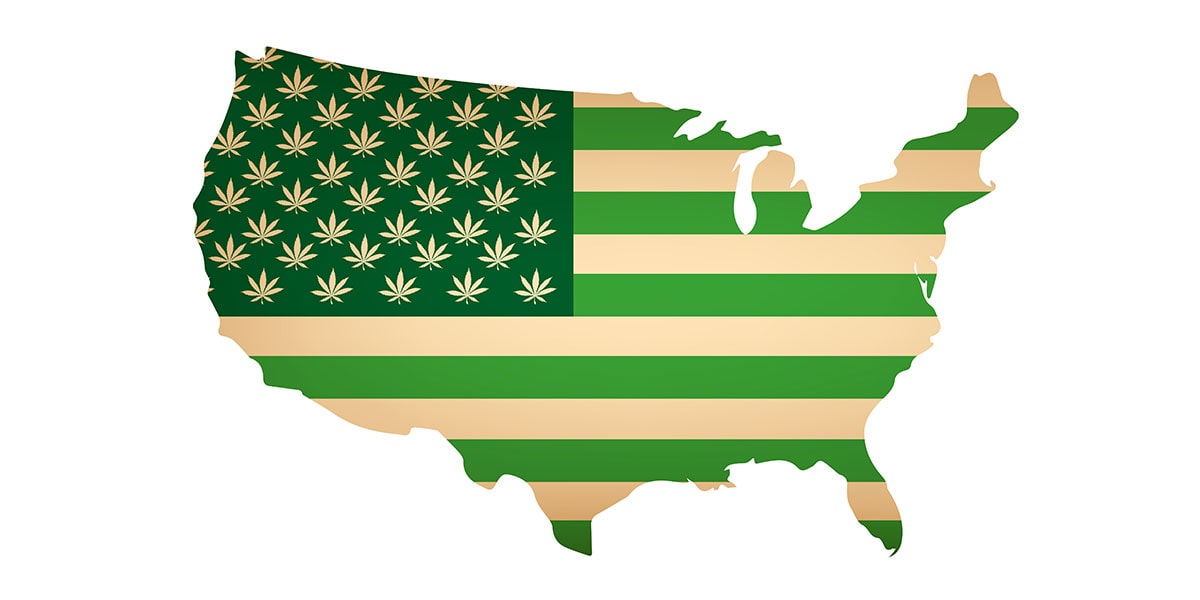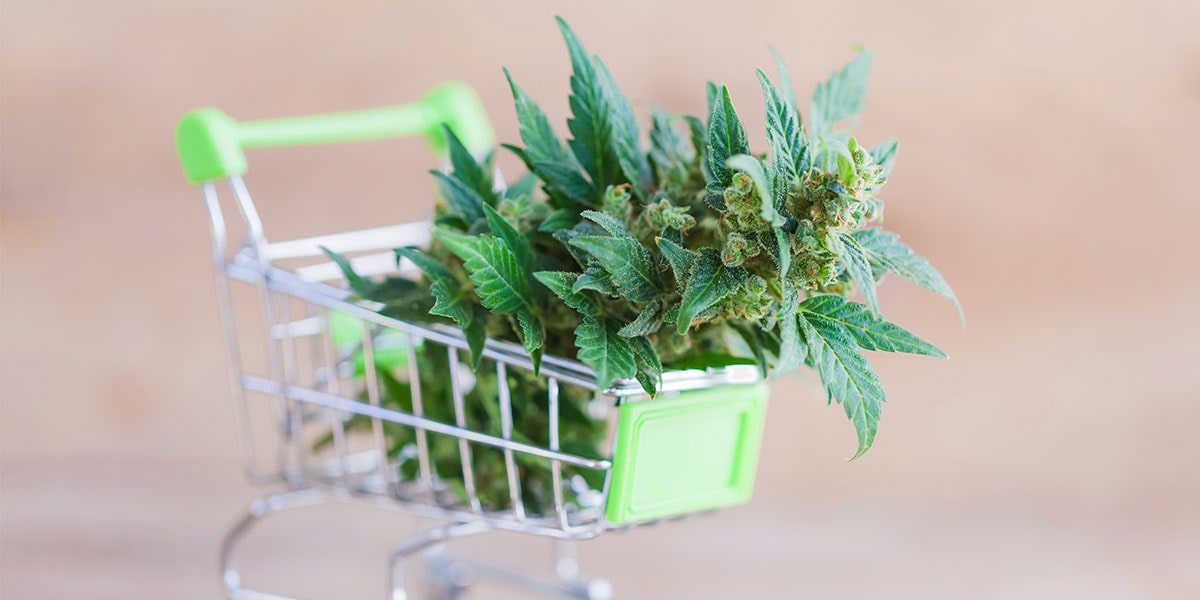Your Cart is Empty
FREE SHIPPING ON ALL ORDERS OVER $99

The commercial environment for recreational cannabis is quickly opening up in response to recent successes in the state legalization processes. The economies of states where recreational marijuana is legal to reflect this fact, and while some states are stumbling over-regulation, the first steps towards a free cannabis market have been decisively made.
At the moment, each state has unique requirements when it comes to marijuana regulation. Short of a federal-level legalization effort, it’s likely that this situation will remain the status quo for some time. But this already puts recreational cannabis on the same footing as alcohol, which is also regulated at the state level.
Few industries can claim the kind of growth that legal cannabis dispensaries and cultivators enjoy. The cannabis industry has doubled since 2016, and experts almost unanimously agree that it shows no signs of slowing down – the trend towards recreational legalization is already underway in the majority of states that allow medicinal use.
Most recreational cannabis users already see parallels between alcohol and marijuana consumption. A closer look shows that these parallels can provide us with a roadmap to the future of the cannabis industry as a whole. The combination of social acceptance, cultural participation, and economic growth will lead to cannabis replacing alcohol as the recreational substance of choice for many North Americans.

There is good reason to see the current nationwide trend towards cannabis legalization as a parallel to the1933 repeal of the 18th amendment that effectively ended the Prohibition era. Although the Prohibition was a federal law, its effects on average consumers were similar in many ways to the Federal marijuana ban that states are currently fighting.
One of the main factors that contributed to the end of prohibition wasThe Great Depression. Legalizing alcohol revitalized a dead industry, filled state and federal coffers with tax revenue, and took a major bite out of the illicit profits of the era’s infamous organized crime syndicates.
Additionally, one of the main results of ending prohibition was a steep downturn in crime, violence, andalcohol-related injuries and death. The cannabis legalization movement of the 21st century is achieving the same thing for the35 million Americans who identify as regular users.New research indicates that cannabis legalization has an overall positive effect on the communities it impacts, reducingrobberies and homicides in particular in states bordering Mexico.
The marijuana industry existed before legalization, but it operated on the black market, contributed no taxes, and enriched drug cartels. Marijuana never killed anyone, but a robust regulatory system is crucial to ensuring that it offers a pure, uniform experience to recreational users – something the black market simply cannot offer.
Alcohol played an important role inpost-war suburbanization immediately following World War II. Beer especially became less attuned to the raucous saloon environment of the prohibition era and was accepted as a positive, family-friendly recreational beverage. During the same period, wine began to develop a more luxurious identity.
Cannabis has yet to undergo this cultural transformation. The diversification of cannabis products into different socio-economic roles is going to play a major role in its eventual acceptance as an adequate substitute for alcohol. For “social vaping” to become a bona fide cultural phenomenon, users must define the “social” element.

Cannabis entrepreneurs and investors may be asking themselves what they need to do to contribute to the development of social norms concerning the consumption of marijuana. This question points in the right direction, but the best answer for most people will be surprising.
The concept of social marijuana consumption – and the norms that govern it – will develop on their own. You don’t have to do anything you wouldn’t do for any commercial product.
What this means is that there is no need to force an inauthentic “buyer persona” on today’s recreational marijuana consumer. Instead, market forces and cultural leadership will dictate these norms according to the choices that individuals make when purchasing and consuming cannabis products.
Cannabis investors and entrepreneurs need only to pay attention to the moment when specific cannabis products begin attracting the attention of certain consumer demographics. By building on those correlations, today’s cultivators can become tomorrow’s cannabis industry leaders.
Economic development always spurs social and cultural development. There is no need to fix a system that is neither broken nor particularly responsive to change. The system needs only to be observed and intelligently regulated.
The cannabis economy is definitely developing. Its growth is spectacular by almost every measurable standard.
It might be more appropriate to say that cannabis will occupy a market niche that alcohol previously (and relatively poorly) attempted to fill. This will happen when consumers, cultivators, dispensaries, and the general public understand who cannabis users are and how their values intersect with other large-scale cultural phenomena.
When everyday observers can point out what makes a joint-smoker different than a CO2 oil user or an edible consumer, the marketplace will diversify to meet these needs the same way beer, wine, and liquor manufacturers did in the 1940s and 50s. When society at large begins to see cannabis as a healthier substitute to alcohol, the transformation will be complete.
In time, these market segments will align with consumption spaces as well. When public consumption cannabis cafes earn regulatory approval, the general public will see a new side of cannabis, and the market will mature into a more recognizably distinct and layered form, much like the way it already exists in cannabis-friendly countries like the Netherlands.